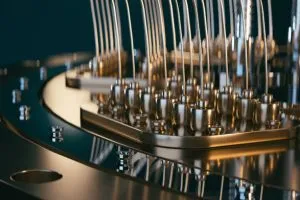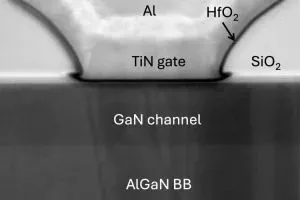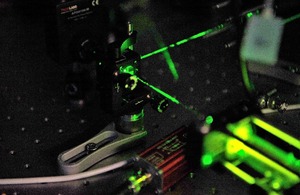“This is the first time a super-solid has been realised with light,” says researcher Daniele Sanvitto, head of the advanced photonics group at CNR-Nanotec at Lecce, “the potential applications go beyond fundamental physics — they could transform the way we build quantum devices.”

“This work not only demonstrates the observation of a super-solid phase in a photonic platform but also opens the way to the exploration of quantum phases of matter in non-equilibrium systems,” adds Sanvitto, “this is particularly significant because this approach has the potential to bridge the gap between fundamental science and practical applications.”
The research paper defines a super-solid as: ‘A counter-intuitive phase of matter in which its constituent particles are arranged into a crystalline structure, yet they are free to flow without friction. This requires the particles to share a global macroscopic phase while being able to reduce their total energy by spontaneous, spatial self-organisation,
“We can imagine the super-solid as a fluid composed of coherent quantum droplets periodically arranged in space, which are able to flow through an obstacle without undergoing perturbations, maintaining their spatial arrangement and mutual distance unchanged as happens in a crystalline solid”, says Iacopo Carusotto, researcher at National Institute of Optics (CNR-INO).
The discovery has commercial potential in LEDs. “Realising this exotic state of condensed matter in a fluid of light flowing in a semiconductor nanostructure will allow us to investigate its physical properties in a new and controlled way and perhaps to be able to exploit its unique characteristics for possible applications to new light-emitting devices,” says researcher Dario Gerace, professor at the University of Pavia.
 Electronics Weekly
Electronics Weekly




